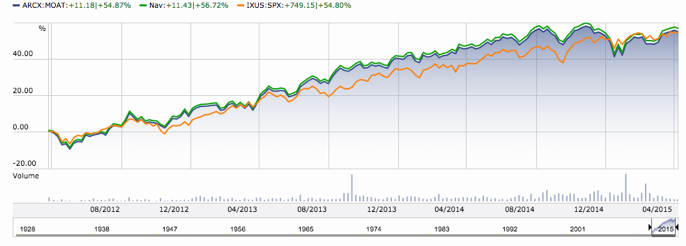Just what is it that makes a business truly great from an investment perspective? Warren Buffett, one of the world's most successful investors, says that greatness can be found in stocks that not only produce excellent returns, but can protect those returns with an enduring 'moat'.
For Buffett, it isn't enough for a firm to earn high returns from constantly reinvesting in itself. It also needs to be able to stave off the threat of competition by erecting formidable barriers. As he commented in his 2007 letter to shareholders of his Berkshire Hathaway conglomerate: “The dynamics of capitalism guarantee that competitors will repeatedly assault any business “castle" that is earning high returns."
Raising the drawbridge
In investing parlance, Buffett's moat has become a byword for companies that can generate terrific profits from dominant market positions, respected brands and strong pricing power. Ultimately these are firms in stable industries that boast long-term competitive advantages. Groups like Burberry and Reckitt Benckiser, for instance, operate in vastly different markets, one in high-end fashion and the other in health and hygiene. But both benefit from respected brands and pricing power that are very difficult to attack.
Moats can also be dug when a company's customers are reluctant to leave. They may feel a sense of loyalty or a sense of community with other customers. Or it may just be too difficult for them to leave. Just look at Sage, the UK-based software giant whose accounting tools are used by thousands of small and medium sized businesses. These customers would face major disruption if they switched platforms, which is why most of them don't. Terry Smith of Fundsmith - another proponent of buying great quality firms - began building a stake in Sage last year. He said the firm's move to an online subscription model would ultimately make it an even better business.
Companies with genuine economic moats also often have substantial scale in their manufacturing or distribution networks. This helps to drive down costs and make it much more difficult for challengers to compete against them. Take ARM Holdings, the technology chip designer behind components that power around 90% of smartphones. ARM has a design-led model (it doesn't actually make the chips) and works with partners around the world to develop components that are faster, smaller and use less energy. That makes it a very difficult beast to beat.










